Cancer of the Larynx
Man's ability to communicate verbally accounts in no
small part for his achievements. The brain's control of
the
larynx and vocal cords makes this possible.
Surgical disorders of the larynx could not be diagnosed
until the mechanics of instrumentation for looking at the
area had been developed. These diagnostic tools, so ingeniously
designed, permit the diagnosis to be made by
examination and
biopsy techniques that can be carried
out through the mouth without having to make skin
incisions.
In almost no other disease is such cooperation of multiple
specialists required: the instrument maker, surgeon,
radiotherapist, speech therapist and the diagnostician.
Early diagnosis of larynx cancer permits complete preservation
of this organ's sophisticated function.
What is a larynx? Where is it? What is its junction?
The larynx, often referred to as the voice box, consists
of the vocal cords and their bony cartilage supports together
with ligaments and muscles. You can feel its
front end as your Adam's apple. An additional function
of the larynx is as the passageway for air going from the mouth to the lungs. It monitors the throat openings so
that food will go one way and air the other, thus preventing
choking on food going the wrong way.
What are the early symptoms of laryngeal disease?
All diseases of the larynx share common symptoms.
One can suspect a laryngeal disorder if there is hoarseness,
change of voice quality and easy vocal f tigability.
The voice changes are the most obvious symptom and
include changes in pitch, resonance, clarity, inflection,
strength and articulation.
How do you examine the larynx? Is it uncomfortable?
In the office the larynx can be examined by reflecting
the light from the doctor's head mirror onto a dental
mirror that is held against the back of the patient's throat.
By this indirect means the doctor can see down to the
larynx. Ail patients gag somewhat while this is done.
Sometimes the throat is anesthetized by a spray so that
there is no sensation and the cough and gag reflexes are
eliminated. Direct visualization of the larynx, which is
a hospital procedure performed under local or general
anesthesia, employs a special laryngoscope, which is
arranged to push the back of the tongue out of the way
while a light shines directly into the larynx.
Both types of examination require experience for interpretation
of an abnormality. In proper hands the examination
carries virtually no risk.
How is the exact diagnosis pinpointed?
Laryngeal diseases are recognized in the same way
that, people are: from having seen the same type of thing
before and knowing its name. However, no treatment
should be considered until the biopsy tissue has been interpreted.
It is most important that the biopsy be a
piece of tissue taken from the primary diseased area.
Why do you also take X rays?
Special X rays of the larynx can show parts of the area
more clearly than can be seen by direct observation.
X ray and laryngoscopy can supplement each other in
visualizing all parts of this organ and its surrounding
tissues.
When is there need for another biopsy?
If the first biopsy report is inconclusive. The biopsy
may not have been taken from exactly the right spot, or it
may not have been deep enough. In either case it is best
to repeat it.
What is a laryngeal polyp?
It is a benign tumor, something like a wart, with a characteristic
appearance. When completely excised, it should
not come back. All polyps are examined microscopically
to collaborate the diagnosis and to differentiate it
from cancer. Most polyps can be removed through the
laryngoscope. An incision is usually not required. Polyps
should be removed for diagnosis and treatment.
What are singers nodules?
They are nodularities occurring in the front part of the
vocal cords. Their appearance is ordinarily quite characteristic.
The phenomenon, which is not confined to
singers, is caused by abuse of the voice. Voice rest and
proper humidification are the usual treatments, but the
nodules are sometimes large and require removal. A
biopsy is performed if there is uncertainty about the diagnosis.
What determines the way in which cancer
of the larynx is treated?
Cancers of the larynx can be treated by various types of
surgery (both radical and less radical). They can also
be treated by radiation therapy with cobalt, with megavoltage, or with the betatron. The cancers are often
treated by a combination of surgery and radiation. The
method of treatment is determined by its microscopic
characteristic, position and extent of local spread.
What causes cancer of the larynx?
We don't know the specific cause of this cancer, but it
appears to be associated with a high incidence of excessive
use of tobacco and alcohol.
What is the treatment for cancer of the larynx?
If the
cancer is confined to the vocal cord, it can be
successfully treated by radiation alone with a high percentage
of cure. The voice is preserved. Six to eight weeks
after this treatment the huskiness and hoarseness will
disappear completely. The vast majority of patients in this
early stage do well. In only 10 percent does the cancer
remain. One caution is necessary: No patient who has had
this radium treatment should later use , tobacco in any
form. It irritates the throat lining and can cause harmful
swelling and drying or even infection in the area that has
been irradiated.
What happens to the speech after a partial removal
of the larynx?
The patient speaks in an acceptable fashion.
When does the entire larynx have to be removed?
What happens then?
Total laryngectomy is required if the tumor is too extensive
for radiation or partial removal. The patient will
require a permanent tracheotomy and will lose his normal
voice. A tracheotomy is a surgically created opening in
the throat part of the windpipe; a tube is inserted in this
site through which the patient can breathe. The procedure
is the only chance for survival with some forms of this
cancer. More than 50 percent of those treated for this disease in its early stage can be expected to survive for at
least five years. If the cancer is not present five years
after operation, the patient is regarded as cured.
What will happen if I just refuse to have the operation?
This would be an unwise decision because an advancing,
spreading cancer in this area produces extremely
uncomfortable symptoms. Untreated cancer of the larynx
is a fatal disease.
How does the laryngectomized patient communicate?
The major problem for the laryngectomee is to regain
a useful voice. A well motivated patient can do it. However,
he must have teeth or suitable dentures, and his
hearing must be intact. About half of the laryngectomy
patients can be taught to use esophageal speech effectively
so that they can be understood by their family and can
function in the community at large. Esophageal speech is
produced by swallowing air and regurgitating it into the
pharynx. The air column is modified into sounds by the
mouth. Another 25 percent can be taught to substitute
an electric larynx for esophageal speech. The final 25
percent can neither learn effective esophageal speech nor
use of the electric larynx.
Surgical Treatment for Advanced Cancer of the Larynx
What is the electric larynx?
This is a battery operated device that produces a sound
when placed on a particular part of the throat. The
patient learns to modify this sound with his throat and
Ups to produce an acceptable voice.
What happens to the patient who can't develop a new
voice?
This can happen to the patient through no fault of his
own. A local reaction in the skin and throat and drainage
areas can preclude the use of the electric larynx. These patients have to carry a pad and pencil and communicate
by writing. One should persist with speech therapy to
avoid this limitation. It is the high price for survival.

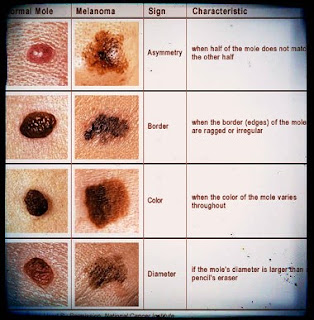
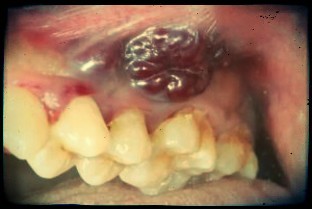
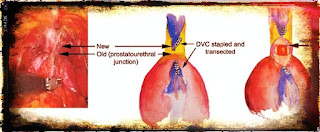
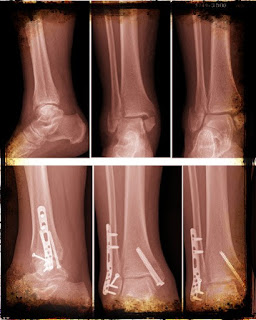
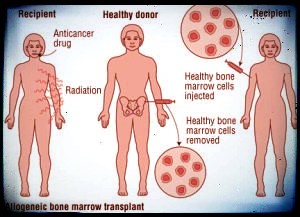

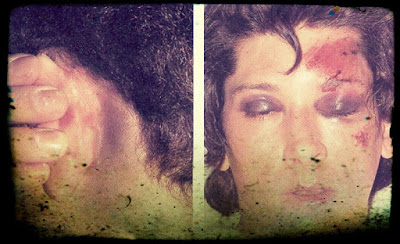
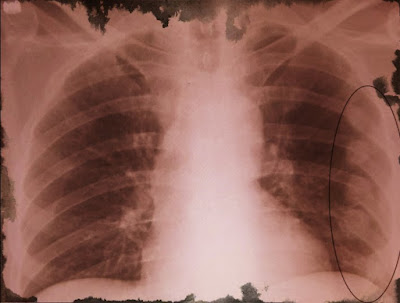


Comments
Post a Comment